Emory’s road to
1000 HEART TRANSPLANTS

While heart transplant procedures don’t make news the way they once did, Tyronne Baldwin’s marked an important milestone—the one thousandth heart transplant performed at Emory.
As the Douglasville, Georgia, resident is quick to point out, he feels great. “I’m 50 but I feel like I’m about 30 or 35 now.” His health and chances for an active life were very different in 2015, when he was diagnosed with heart failure and tests showed his heart’s ability to pump was failing dramatically.
Initially, Baldwin didn’t qualify for a heart transplant due to his weight. Tipping the scales at more than 300 pounds, and in no shape to exercise, he received an implanted left ventricular assist device, commonly known as an LVAD, to help his heart pump blood more effectively so he could undergo a gastric sleeve weight loss procedure.
By February 2021, he’d lost enough weight to be in Emory University Hospital, awaiting a heart. He exercised by walking the halls and spent time talking to and encouraging other heart patients who needed LVADs but were afraid of the surgery.
Baldwin received his new heart in May and was home three weeks later. He’s taking the year off to further recuperate, but he’s active and making plans for a future that just a few years ago didn’t seem possible.
“I’ve learned a lot about medicine from my experience. I previously worked in engineering, and the robotic aspect of this technology is intriguing,” he says. “I will also continue to speak up and urge people to become organ donors.”
Emory’s Heart Transplant Program is recognized as the foremost in the Southeast. No other heart transplant program in Georgia has done as many procedures as Emory’s. The story of Emory’s success in this life-saving field is far more complex than it may seem at first glance—and also more hopeful.
As Baldwin’s experience illustrates, the story behind each heart transplant involves an integrated team with multiple specialties, technological advances, and specialized patient care.
The path to Emory’s success in heart transplantation also points to the future of cardiology, with ongoing research into technologies that can help people awaiting heart transplants live better quality lives.
“I had a mentor in medical school who was a heart transplant surgeon and, very early on, he exposed me to the miracle that heart transplant really is,” says cardiothoracic surgeon Mani Daneshmand, director of the Emory Heart and Lung Transplantation program.
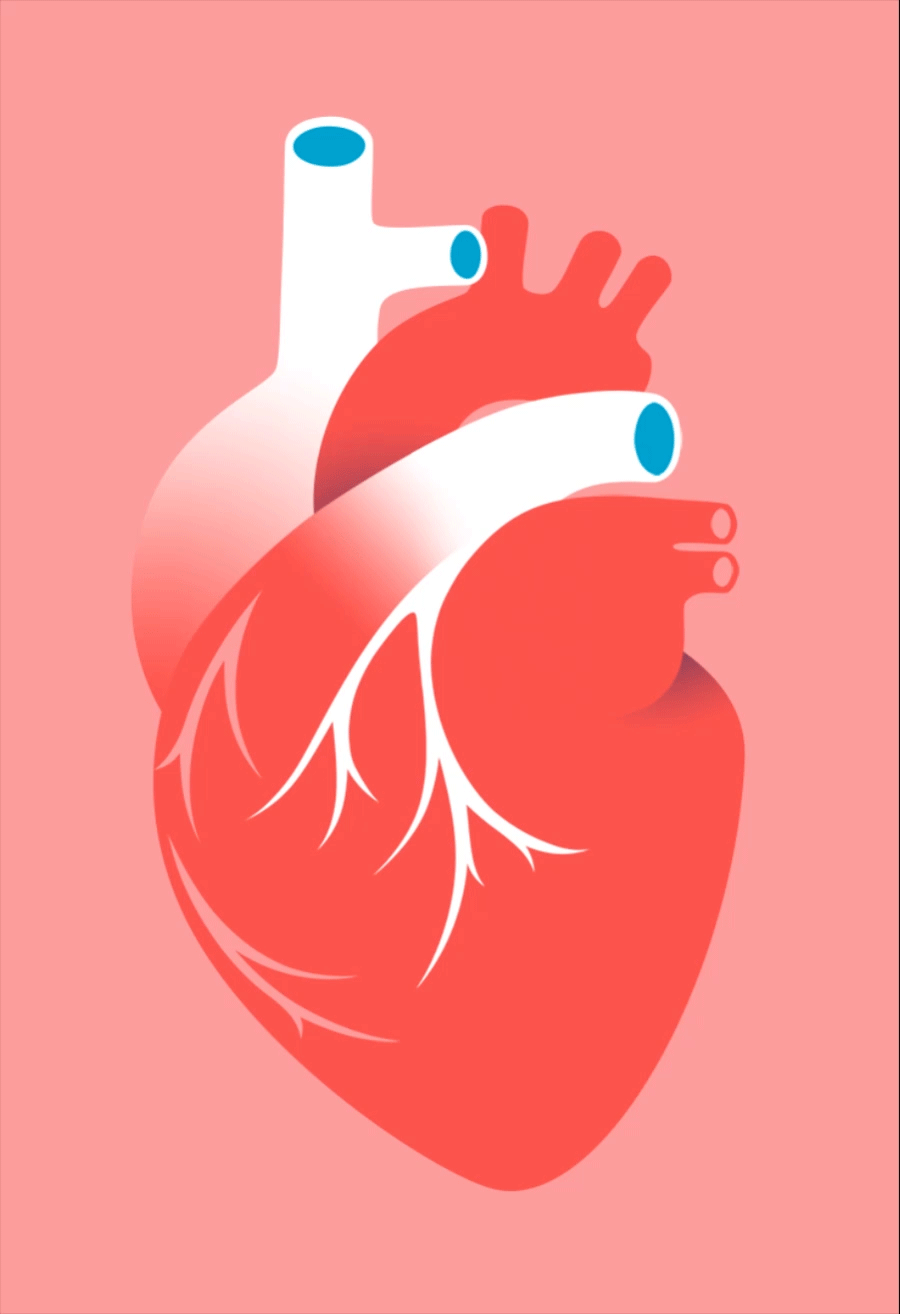
“A heart transplant is one of those few things that we as humans can do that so effectively and quickly impacts the lives of those around us for the better,” he says. “You take somebody who has less than a year or six months to live and who is miserable and you give them 15 to 20 years or more to live—good quality years. There’s really not anything else in society that can do something like that.”
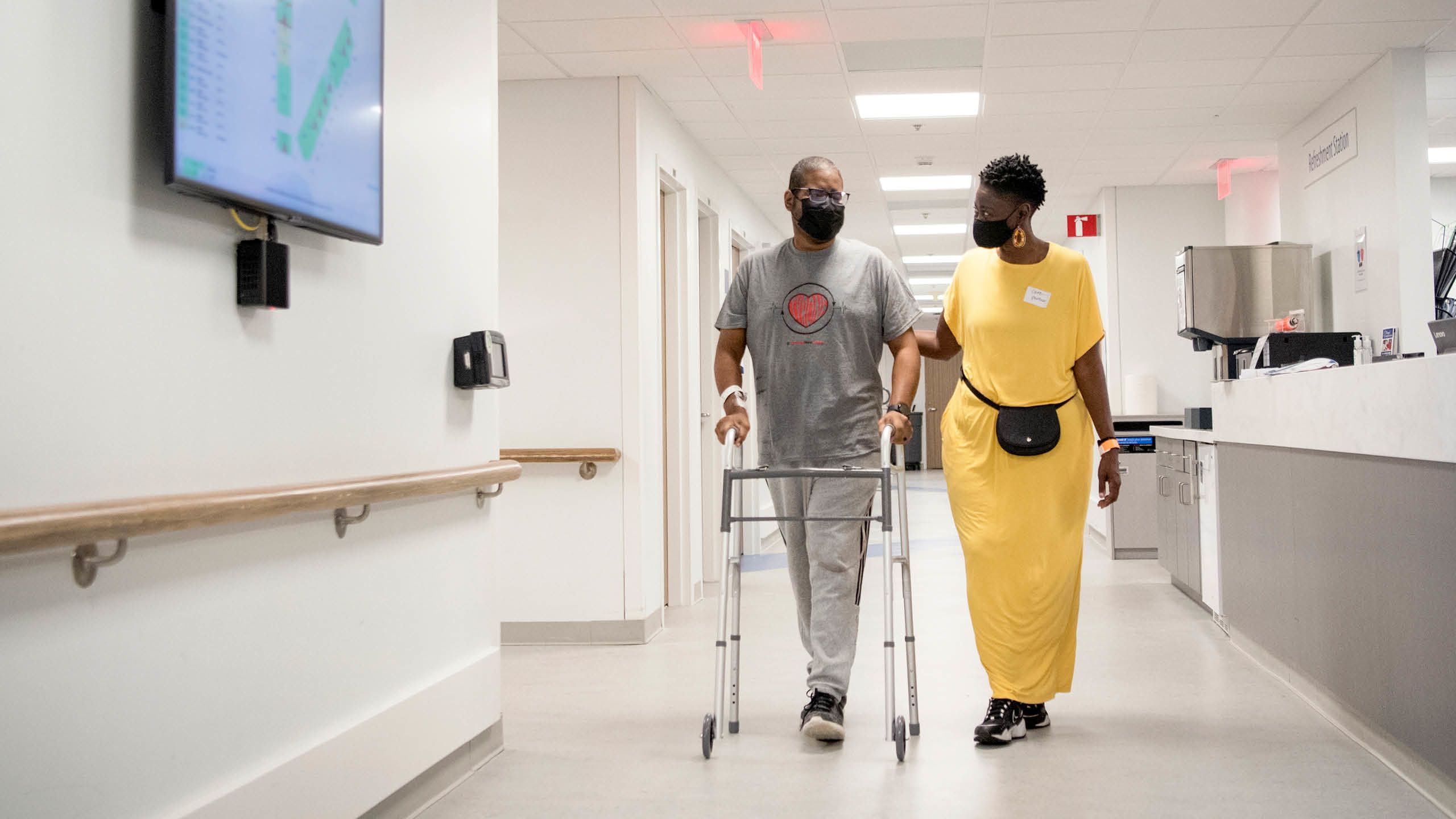
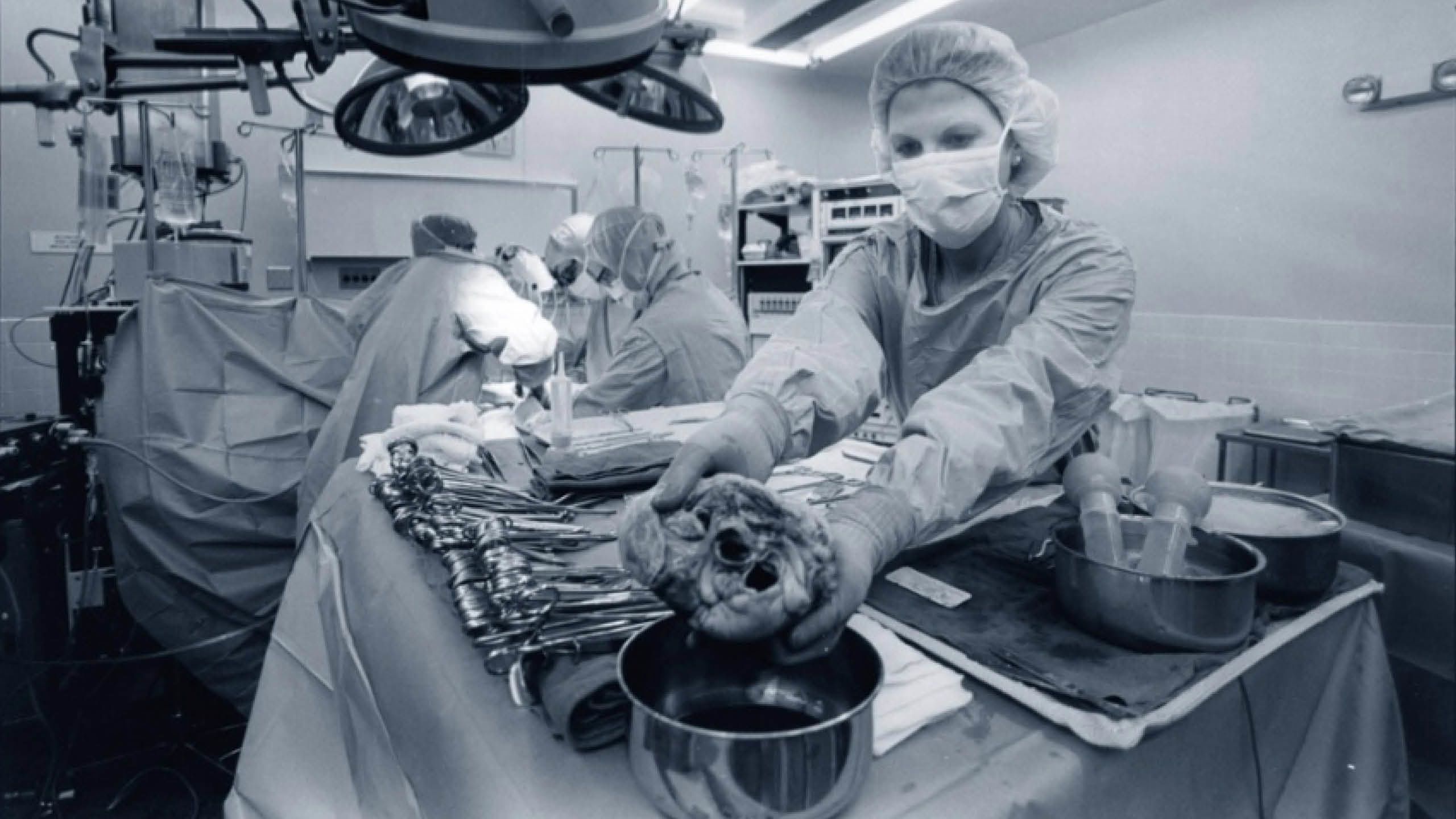
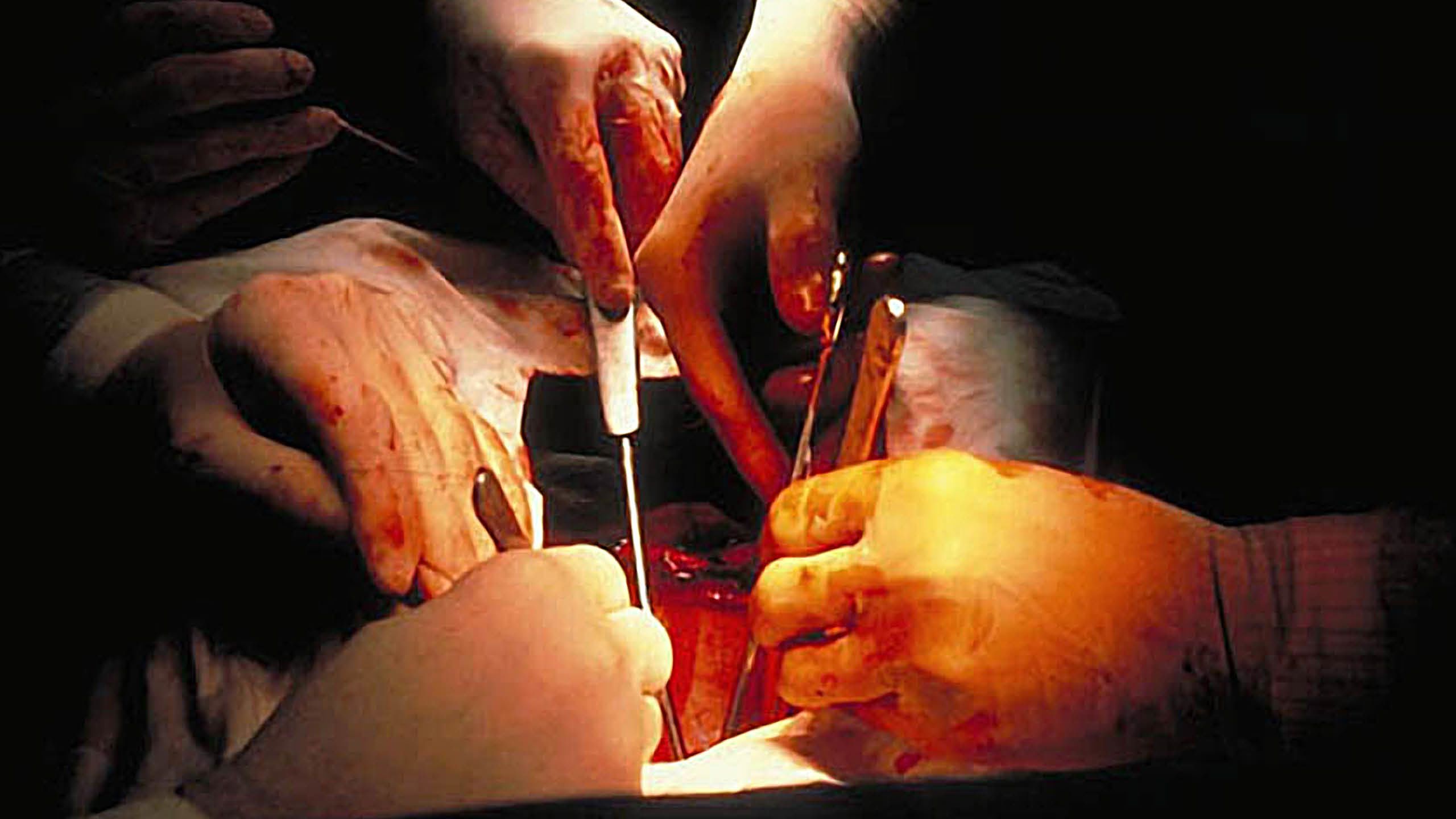

This undated photo is from one of Emory University Hospital’s first heart transplants. Emory’s pioneering work in heart transplantation has led to innovative solutions now widely utilized in cardiac surgery. Photo Billy Howard
This undated photo is from one of Emory University Hospital’s first heart transplants. Emory’s pioneering work in heart transplantation has led to innovative solutions now widely utilized in cardiac surgery. Photo Billy Howard

Emory’s heart transplant program began in 1985. In 2008, the hospital celebrated its 500th heart transplant. From 2008 to 2021, transplant surgeons completed an additional 500 transplants in just 13 years. Photo Billy Howard
Emory’s heart transplant program began in 1985. In 2008, the hospital celebrated its 500th heart transplant. From 2008 to 2021, transplant surgeons completed an additional 500 transplants in just 13 years. Photo Billy Howard
THE BEGINNING
The first heart transplant procedure took place more than a half a century ago. On December 3, 1967, 53-year-old Louis Washkansky received the first successful human heart transplant in Cape Town, South Africa. Because little was then known about how to suppress the immune system to prevent rejection, the surgery was a huge gamble and Washkansky survived only 18 days. By the l970s, the rejection problem proved daunting—too many patients were dying—and heart transplants were mostly stopped.
In the early 1980s the drug cyclosporin, which lowers the odds of organ rejection and boosts survival rates, again made heart transplantation a potentially viable option for people with severe heart failure, sparking renewed interest and hope for the procedure in medical centers, including Emory University Hospital.
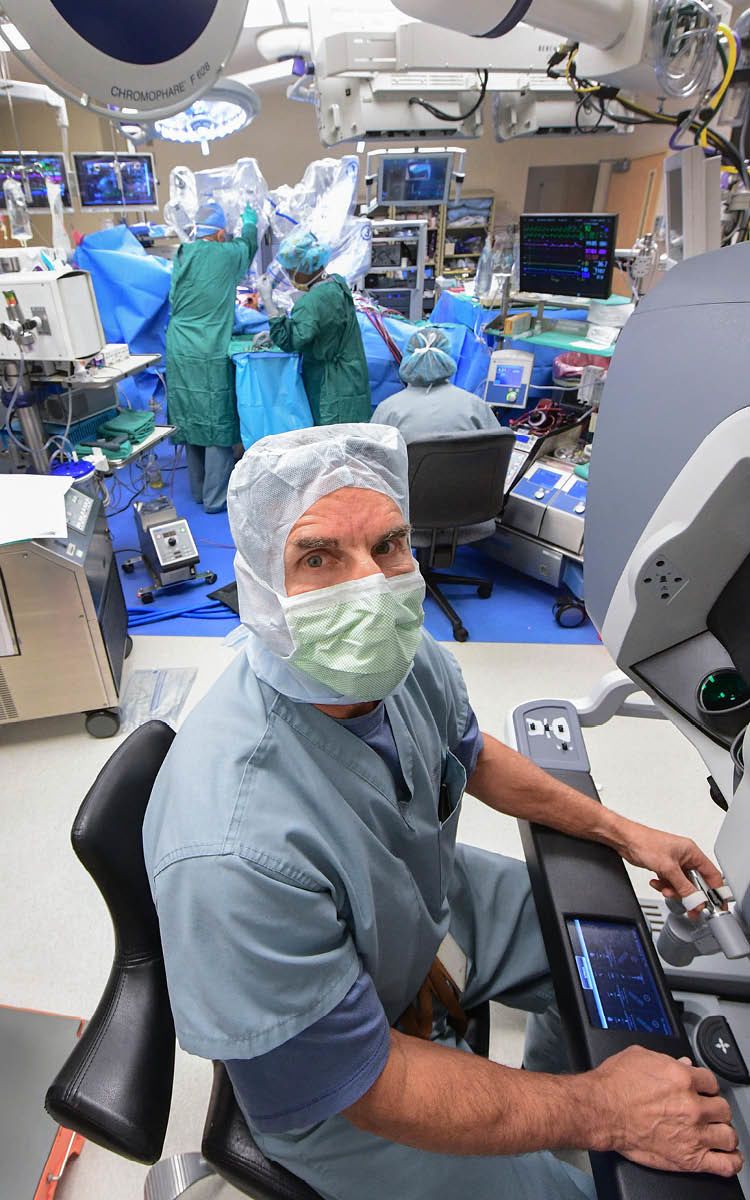
After pioneering Emory’s heart transplant program, Douglas Murphy turned to another groundbreaking surgical procedure: robotic cardiac surgery. He is recognized as one of the most experienced robotic heart surgeons in the world.
Douglas Murphy was a young Emory cardiothoracic surgeon in 1984 when he found himself at a meeting of senior surgeons discussing the launching of a heart transplant program at Emory University Hospital. Called away briefly to answer a page, Murphy returned to find he’d been chosen to be Emory’s new and, at the time, only heart transplant surgeon.
Murphy made arrangements to visit and observe surgeons with whom he’d trained who were then performing heart transplants at Stanford University Hospital. “I went with them on the run to pick up a donor heart, watched the surgeons sew it in, and then came back to Emory and started organizing,” he recalls.
In 1985, a young man from South Carolina was in the hospital with severe heart failure. The newly launched Emory Heart Transplant team was notified of a donor heart in south Fulton County, Georgia. They rapidly retrieved the heart, and the transplant went well. And although the young man eventually suffered rejection of the heart, he received a second successful transplant at Emory. Other heart transplants followed, most with good outcomes.
Murphy is now medical director of surgical robotics at Emory Saint Joseph’s Hospital, but occasionally he still hears from former heart transplant patients, including his third, Harry Wuest, who is one of the longest living heart transplant patients in the world (see sidebar).

After pioneering Emory’s heart transplant program, Douglas Murphy turned to another groundbreaking surgical procedure: robotic cardiac surgery. He is recognized as one of the most experienced robotic heart surgeons in the world.
After pioneering Emory’s heart transplant program, Douglas Murphy turned to another groundbreaking surgical procedure: robotic cardiac surgery. He is recognized as one of the most experienced robotic heart surgeons in the world.
TODAY'S HEART TRANPLANT TEAM
In recent years, the national one-year survival rate for heart transplant patients has climbed to 90 percent, according to Emory Clinical Chief of Cardiology Andrew Smith, a specialist in heart failure and transplantation cardiology. “At Emory, that survival rate is 94 percent. For each year after the first year, there is over a 96 percent chance of ongoing survival. So, the outcomes are very promising,” he says.
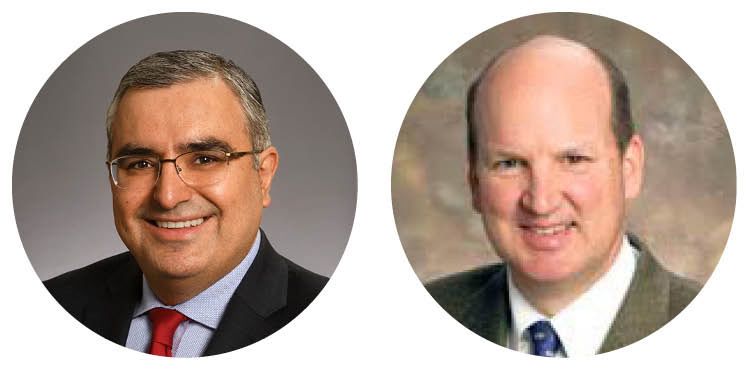
Mani Daneshmand, director of the Emory Heart and Lung Transplantation program, Andrew Smith, clinical chief of cardiology, Emory University Hospital
Mani Daneshmand, director of the Emory Heart and Lung Transplantation program, Andrew Smith, clinical chief of cardiology, Emory University Hospital
J. David Vega, current director of Emory University Hospital’s Heart Transplant Program, has performed more than half of Emory’s heart transplants. He credits collaboration for the remarkable success of Emory’s program. “We work as a team. Everyone’s input is valuable, and the patient and their family come first. We keep that focus,” he says.
Emory’s heart transplant surgeons, who along with Murphy, Vega, and Daneshmand include Tamer Attia and Jeffery S. Miller, work with transplant cardiologists both before and after the procedure to optimize patient care.
The team includes a host of other medical specialists, including transplant infectious disease specialists, arrhythmia experts, transplant coordinator nurses, nutritionists, physical therapists, imaging experts, and others, all working to bring collaborative and individualized care to patients before, during, and after their transplants.
COMBINED EXPERTISE
A patient’s diagnosis of heart failure does not mean someone is necessarily headed for a transplant, says Divya Gupta, medical director for Emory’s Advanced Heart Failure and Transplant program. Medication, diet, and lifestyle changes can often help prevent progression of the disease.
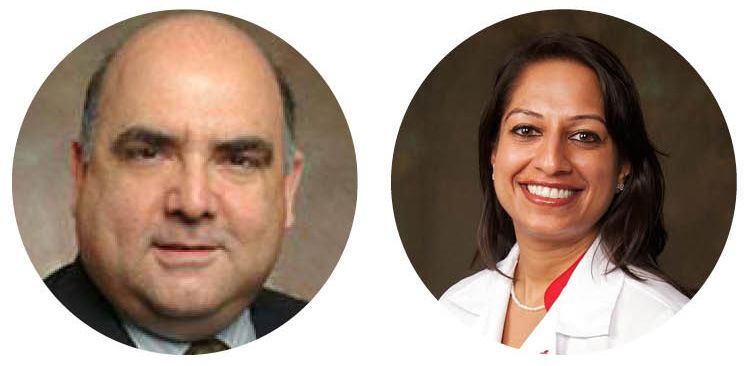
David Vega, (left) director of Emory University Hospital’s Heart Transplant Program, Divya Gupta, (right) medical director for Emory’s Advanced Heart Failure and Transplant Program.
David Vega, (left) director of Emory University Hospital’s Heart Transplant Program, Divya Gupta, (right) medical director for Emory’s Advanced Heart Failure and Transplant Program.
“Approximately five percent of heart failure patients develop end-stage heart failure, and that can happen at any point within their disease trajectory,” says Gupta. “We don’t have a great way of predicting who is going to progress and how quickly they are going to progress. However, with adherence to current guideline-based recommended medications, there is a greater chance of feeling better and living longer with this disease.”
When a heart failure patient at Emory is a potential transplant candidate, Gupta and her colleagues do an assessment to make sure the person is able to survive a transplant. They also ensure the patient has no other health problems that would likely worsen with the transplant.
Heart failure patients waiting for transplants are supported with medication and, if needed, temporary mechanical devices to help their heart. Throughout the entire process, from evaluation through post-transplant follow-up, heart transplant coordinators—nurses with extensive specialized training in the field—are key.
They manage the wait list for heart transplants, follow transplant patients in the period immediately following their surgery, and coordinate care after patient discharge and throughout the patients’ lives.
Virtually all patients who reach advanced cardiac failure will have arrhythmias, sometimes dangerous irregular heart rhythms. Doctors on the transplant team, like Anand Shah, an electrophysiologist, or heart rhythm specialist, treat these patients to help optimize their cardiac function and help keep them healthier as they await transplant.
“We coordinate our approach with other members of the transplant team to understand where the patient is on their heart journey and what therapies might be most appropriate and what therapies the patient can tolerate,” he says.
A LIFEGIVING MEASURE
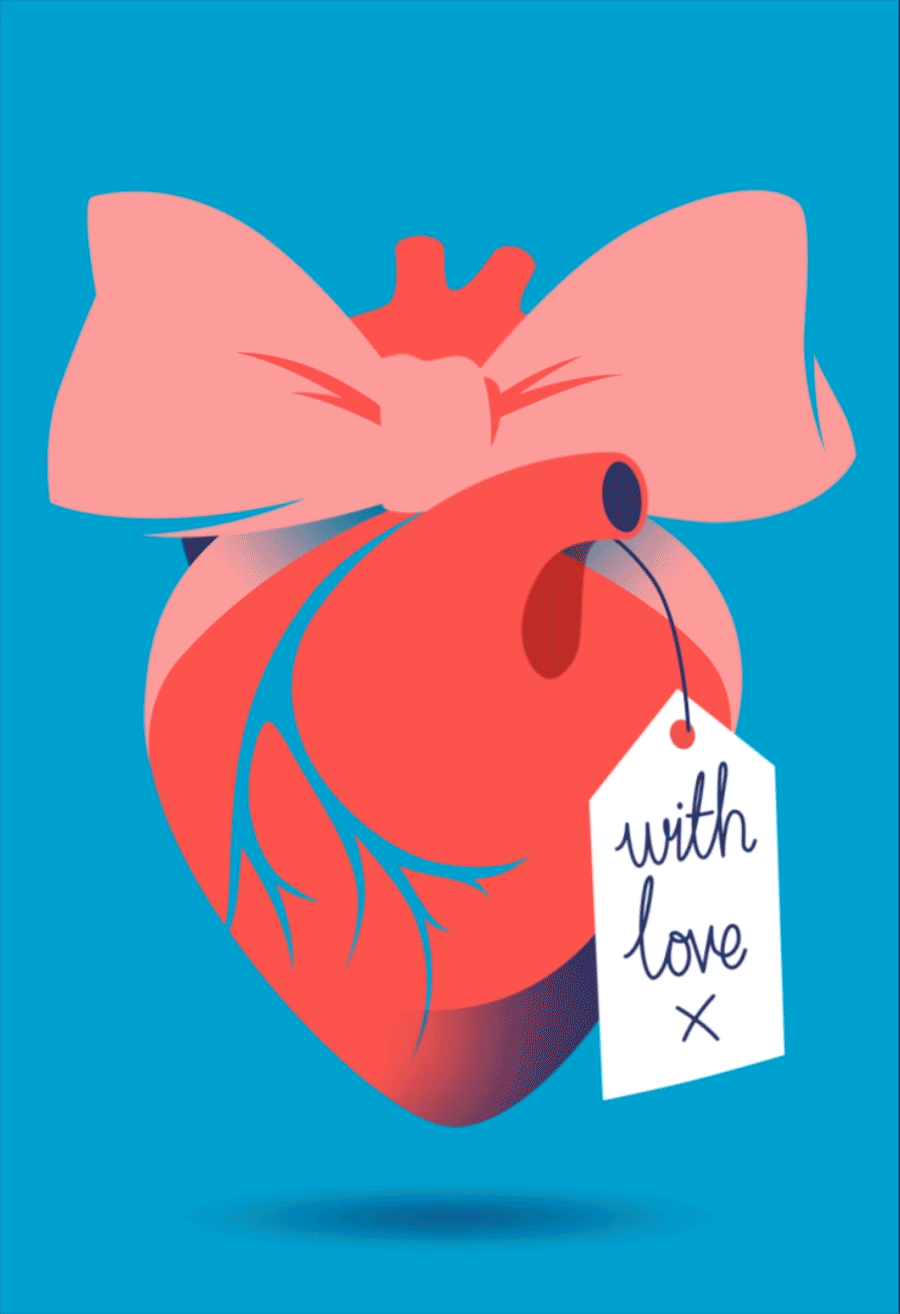
“Heart transplant is the ultimate gift,” says Anurag Sahu, who leads the adult congenital heart disease imaging program at Emory. “With every transplant, somewhere a family going through the darkest of times has donated the gift of life, a loved one’s heart, to someone else they don’t even know. It is not to be taken lightly, and we work toward making sure we honor that gift by taking excellent care of the patient who will receive that organ.”
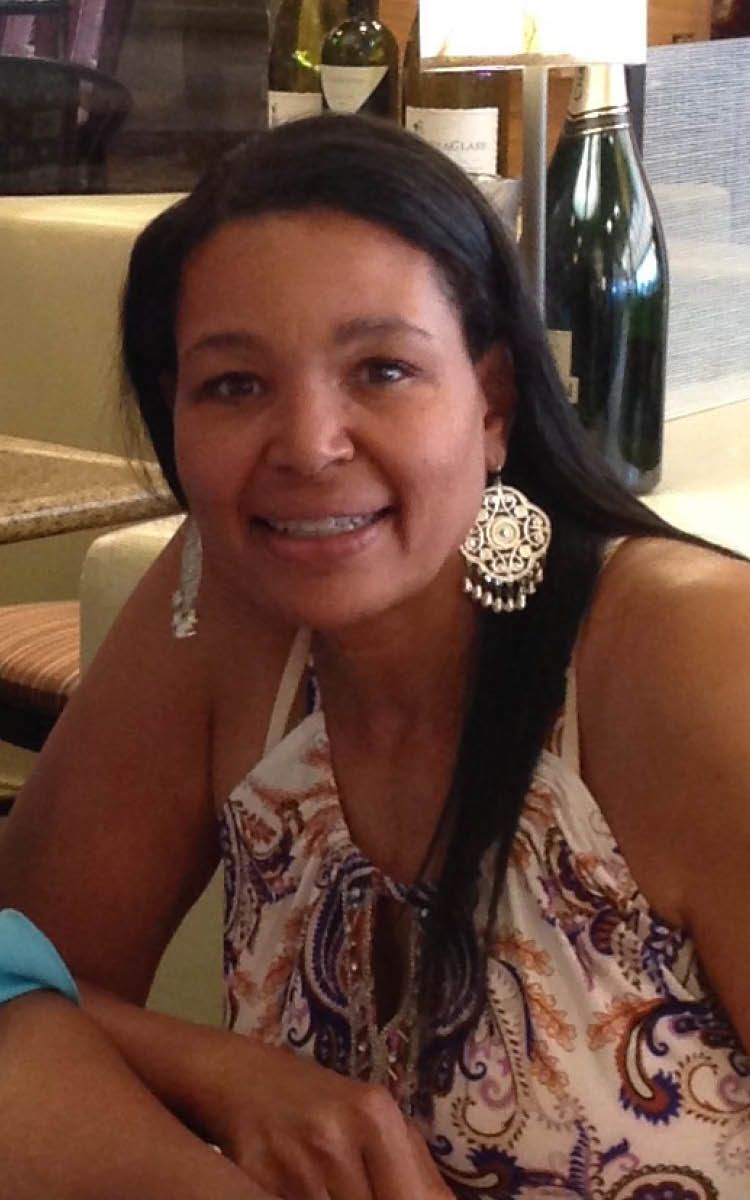
Rachel Moore a cardiac nurse, had her heart transplant at Emory in 2009, “Never in a million years can I say enough thanks to the donor family for that precious gift” Photo courtesy of Rachael Moore
Rachel Moore’s heart transplant took place in January 2009. “Never in a million years can I say enough thanks to the donor family for that precious gift,” she says. Her story also illustrates the complex, team-based process involved in transplant surgery.
Moore was a 42-year-old cardiac nurse in Chicago in the mid-2000s when she noticed simply walking a short distance made her short of breath. She was diagnosed with cardiomyopathy, and tests showed her heart was weakening. Her doctors implanted a defibrillator to protect her from a potentially deadly irregular heart rhythm and prescribed medication, gentle exercise, and a special diet, but nothing improved her condition.
When a problem with a heart valve was discovered, doctors placed Moore on an LVAD to strengthen her heart for valve surgery to no avail. With her options diminishing, her doctor referred her to Emory and David Vega.
It wasn’t until January 2009, more than two years after being placed on the transplant list, that a donor heart became available.
“The heart transplant changed my philosophy of life. I was given a second chance to live and that’s what I want to do—really live,” Moore says. “I tell people to not be so busy that you don’t look at the sky today, hug your family. When you wake up today, enjoy your life.”

Rachel Moore a cardiac nurse, had her heart transplant at Emory in 2009, “Never in a million years can I say enough thanks to the donor family for that precious gift” Photo courtesy of Rachael Moore
Rachel Moore a cardiac nurse, had her heart transplant at Emory in 2009, “Never in a million years can I say enough thanks to the donor family for that precious gift” Photo courtesy of Rachael Moore
CHALLENGES AND COMMITMENTS
The financial and emotional costs for prospective transplant patients can be overwhelming. The Emory Heart Transplant program is working to find ways to help people with failing hearts, regardless of their financial situation, receive appropriate care and assistance.
“Our goal is to look for ways to help patients become candidates for advanced therapies like LVAD and heart transplants, if that’s in their best interests and what they want,” Daneshmand says. “We are committed to taking care of the residents of Georgia who need our help, regardless of socioeconomic status or race.”
Heart failure leading to a need for heart transplant can be influenced by one’s genetic make-up or a predisposition to health conditions that increase risk. These factors appear to play a role in African Americans’ disproportionate rates of serious heart failure and may explain why these patients are far less likely, across the nation, to receive needed heart transplants.
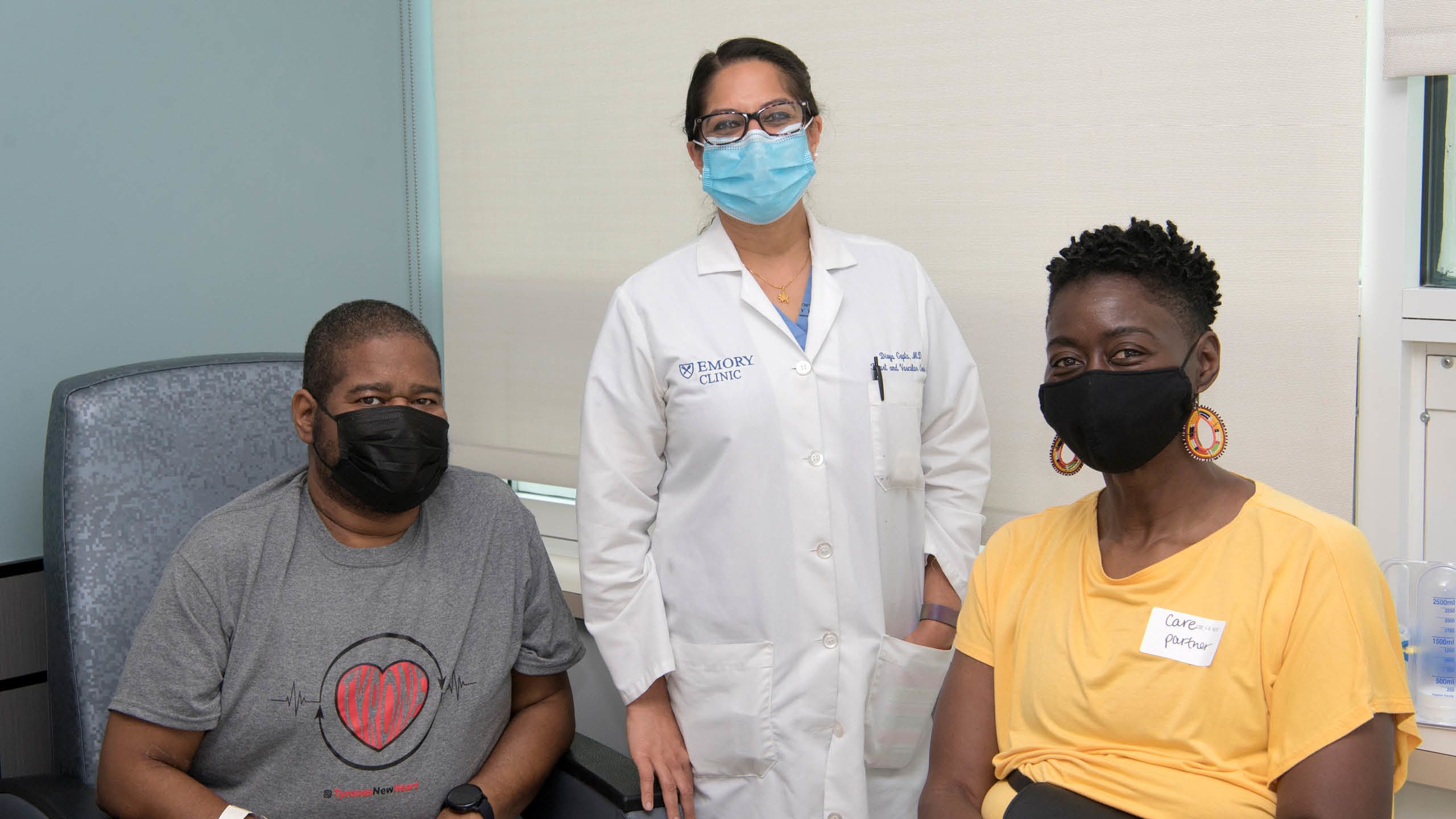
Tyronne and Edna Baldwin meet with Divya Gupta, medical director for Emory’s Advanced Heart Failure and Transplant program. Gupta is a key leader within Emory’s team of specialists who work closely with each patient before and after transplant surgery.
Tyronne and Edna Baldwin meet with Divya Gupta, medical director for Emory’s Advanced Heart Failure and Transplant program. Gupta is a key leader within Emory’s team of specialists who work closely with each patient before and after transplant surgery.
But that’s not the case at Emory, where more than 63 percent of heart transplant patients are Black, Gupta says. “It’s not due to the demographics of Atlanta [but] because our team works extra hard at creating an awareness around disproportionate outcomes, and we’ve become much more aggressive and worked very hard at trying to break these barriers,” she says. “We are dedicated to providing great care for our patients, no matter who they are, and no matter their race. There is no other program of our size that can say that.” EHD
By Sherry Baker, Illustrations Paul Oakley, Photo Jack Kearse, Design Peta Westmaas
Making the Most of His Second Chance
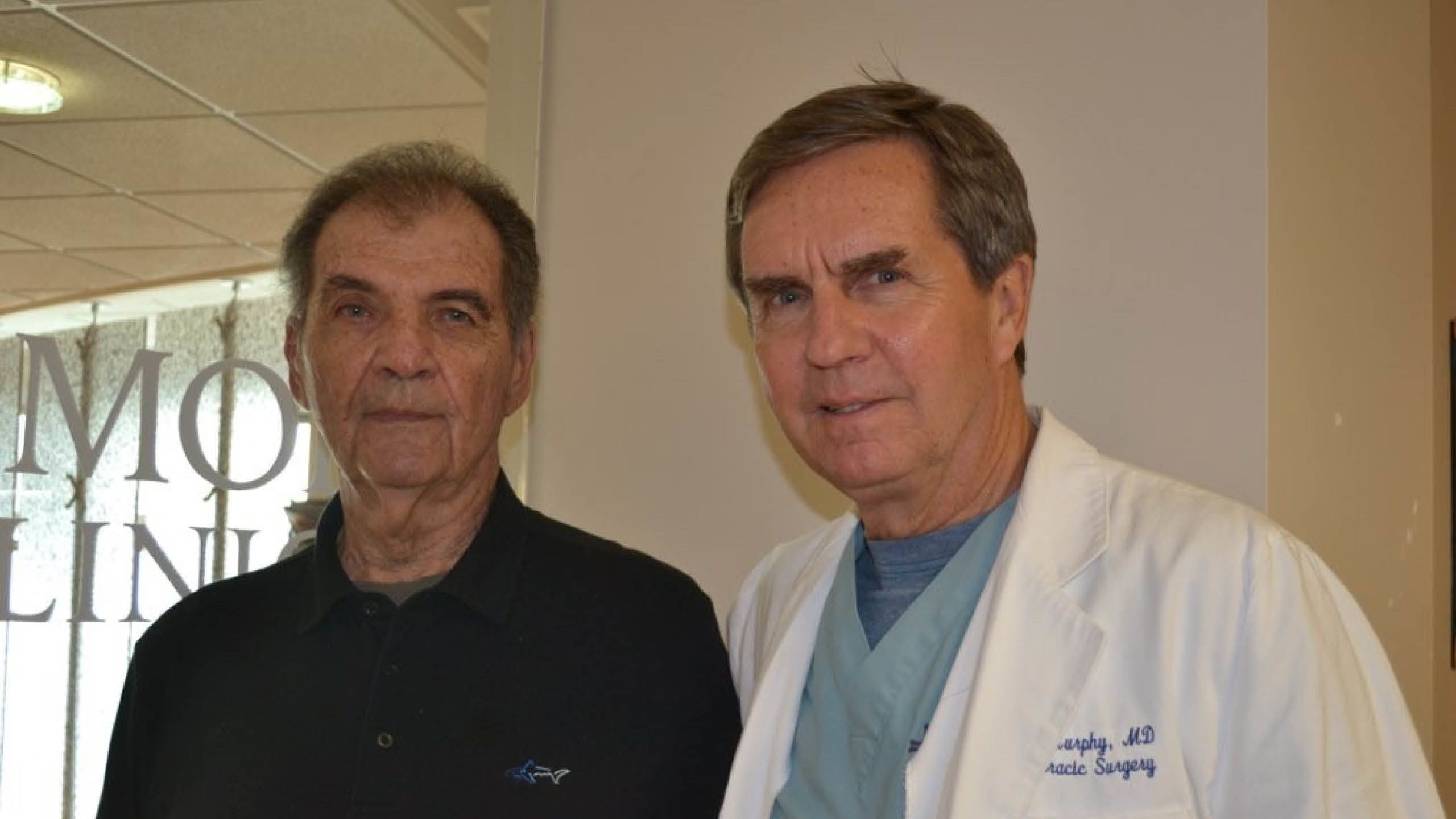
Harry Wuest occasionally visits with Douglas Murphy, who transplanted his heart in 1985. The two have remained close friends. Photo courtesy Harry Wuest.
Harry Wuest occasionally visits with Douglas Murphy, who transplanted his heart in 1985. The two have remained close friends. Photo courtesy Harry Wuest.
Living and working in Florida in the mid-1970s, Harry Wuest experienced some unusual pains in his side but was unaware he had a serious heart condition. “You mentally and physically compensate as your heart decreases its ability to work. I sort of adjusted my life to it and didn’t realize what was going on,” he recalls.
Wuest was eventually diagnosed with cardiomyopathy, a disease of the heart muscle that makes it increasingly difficult for the heart to pump blood throughout the body. His condition deteriorated, and his doctor at Florida Hospital (now Advent Healthcare) was Andrew Taussig, who had been chief resident and cardiology fellow at Emory University Hospital. Taussig was familiar with Emory’s then new heart transplant program and sent his patient to Emory cardiothoracic surgeon Douglas Murphy for evaluation. Wuest’s condition was so bad he was flown by air ambulance to Emory, and shortly after his consultation with Murphy, he was in the hospital awaiting a transplant—and miserable. “I was so sick, bedridden, on an IV. I didn’t think about the difficulty of the transplant,” he says. He only knew was the surgery was his best chance at life.
The donor heart of a 19-year-old accident victim was located in May 1985, and Wuest became Emory’s third heart transplant patient. “When I woke up from my surgery, I just knew somehow I was going to be fine,” he says.
The heart turned out to be a remarkably good match, and Wuest is now the longest living heart transplant patient in Georgia—and one of the longest living in the world.
Murphy is now the chief of cardiothoracic surgery and medical director of surgical robotics at Emory Saint Joseph’s Hospital. He is recognized as one of the world’s leading expert in robotically assisted heart surgery.
Almost 37 years later, Wuest, now in his late 70s, lives in Atlanta. He works as a CPA during tax season and plays golf frequently. “I have a great wife and, with 15 grandchildren, I’m always looking forward to something,” he says. EHD
Into the Future:
BREAKTHROUGHS
AND TECHNOLOGY
A heart transplant is typically the last option for a person with a failing heart, if the patient can survive long enough for a donor heart to be found. The good news is many patients are now able to experience a better quality of life—and often better health—as they await a transplant, thanks to advances in the field.
There are ongoing challenges too. The possibility of the immune system’s rejection of a donor heart hasn’t been totally eliminated. “We can’t stop rejection. But it’s now manageable and usually well controlled,” says J. David Vega, director of Emory University Hospital’s Heart Transplant Program. “And like any other aspect of medicine, with time and continued education, new technologies, new drugs, and our experience, we’ve been able to do more to improve outcomes for heart transplant patients.”
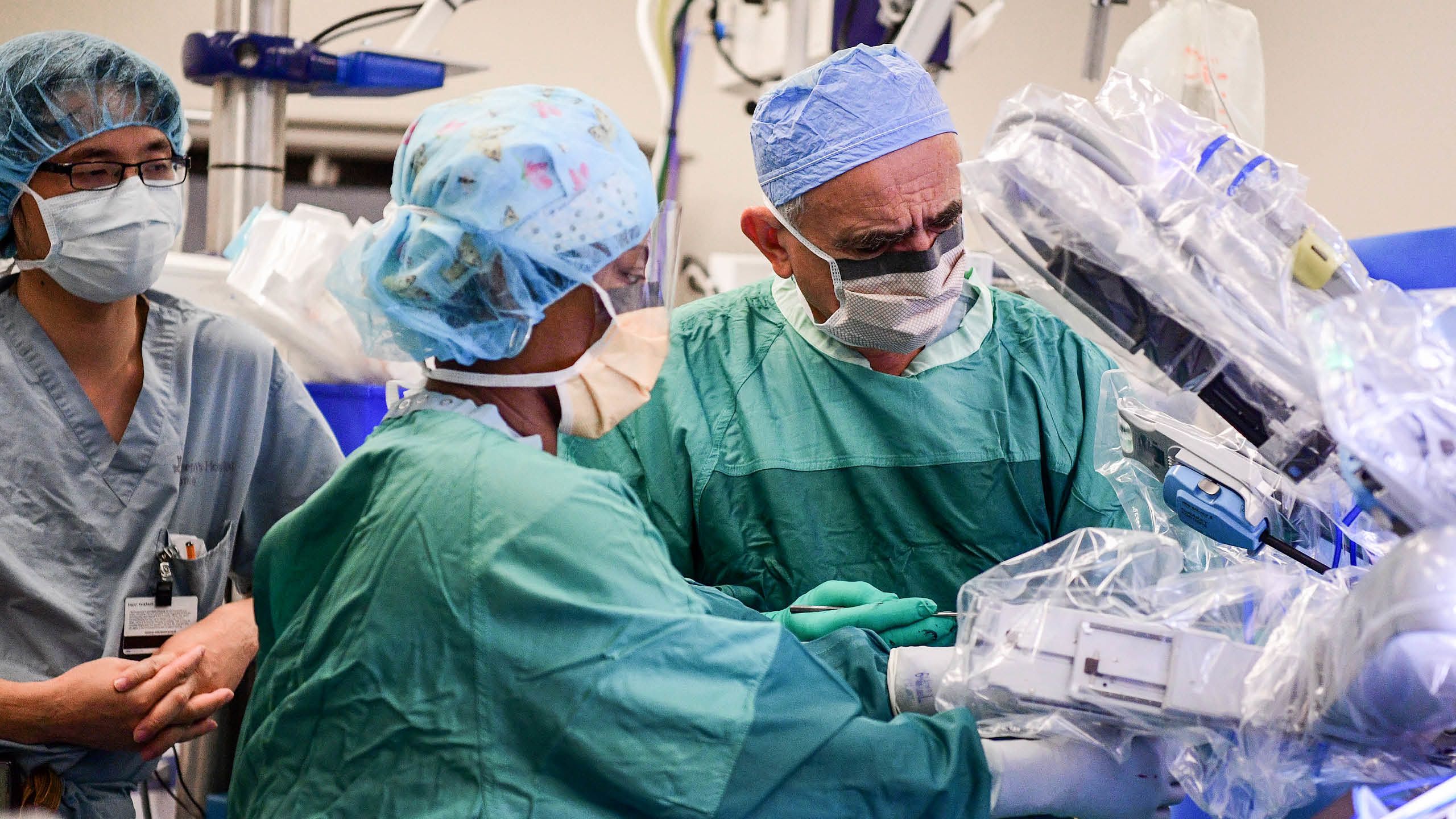
LVADs, the implanted mechanical pumps that help the bottom left chamber of a failing heart move blood to the aorta, the body’s main artery, and then throughout the body, are an example.
First used in the mid-1960s, the devices were once so large that they were only used in hospitals for short-term support. Their size also meant that women were mostly excluded from being able to use an LVAD, says Wendy Book, director of the Emory Adult Congenital Heart Center. “Now they are so small they fit in the palm of your hand. In fact, they have been miniaturized enough that babies and children with heart defects who need transplants can benefit from these devices.”
Durable LVADs designed for long-term implantation are not only helping patients awaiting heart transplants, they also are used to improve heart function in people with advanced heart failure who aren’t candidates for transplant.
“We have a large of population of patients who have durable LVADs, and some people live five to 10 years with these implanted devices at home, leading relatively normal lives,” says Mani Daneshmand, director of the Emory Heart and Lung Transplantation program.

Left: Durable LVADs designed for long-term implantation are not only helping patients awaiting heart transplants, they also are used to improve heart function in people with advanced heart failure who aren’t candidates for transplant. Center: ECMO involves pumping blood outside of the body to a machine that removes carbon dioxide and sends oxygen-rich, warmed blood back through the body, allowing the heart to rest and heal.
Left: Durable LVADs designed for long-term implantation are not only helping patients awaiting heart transplants, they also are used to improve heart function in people with advanced heart failure who aren’t candidates for transplant. Center: ECMO involves pumping blood outside of the body to a machine that removes carbon dioxide and sends oxygen-rich, warmed blood back through the body, allowing the heart to rest and heal.
Remarkably, the technologies used to support patients for transplants have resulted in some people improving so much they no longer need new hearts.
“One of the technologies we use to support people for transplants is a temporary mechanical support device known as the Impella 5.5,” Daneshmand says. “It is a pump we put in through the axillary artery that goes into the heart. The device supports the heart without patients undergoing major heart surgery.”
Extracorporeal membrane oxygenation (ECMO) is another groundbreaking technology used by the Emory Heart Transplant team. ECMO involves pumping blood outside of the body to a machine that removes carbon dioxide and sends oxygen-rich, warmed blood back through the body, allowing the heart to rest and heal.
Emory also has participated in a research study of the TransMedics OCS (organ care system) for use with hearts for donation after cardiac death, which describes hearts removed because they stopped naturally or because the patient was taken off life support. Last fall, the FDA approved the TransMedics OCS technology for commercial use, and it is expected to make more donor hearts available.
“The TransMedics OCS heart device allows us to evaluate hearts that are good but would have otherwise not been used for various reasons,” says Daneshmand. “For example, the heart might have been too far away, or based on an initial assessment, the heart might be deemed not good enough for transplant. But on the device, the heart can get stronger and better.”


